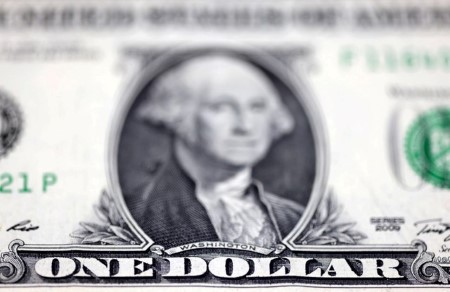




Monthly Economic Update: One for the road
 DOWNLOAD
DOWNLOAD

Inflation Update: Still low, still slow
 DOWNLOAD
DOWNLOAD

Philippines Trade Update: Exports momentum continues
 DOWNLOAD
DOWNLOAD


Yields rise before 10-year note auction

US Treasury yields rose on Wednesday before the Treasury Department sells USD 42 billion in 10-year notes and as stocks continued to stabilize, reducing demand for the safe haven US debt.
Treasury supply is the main focus this week as traders wait on fresh economic data for further clues on the strength of the US economy. Yields tumbled after Friday’s employment report for July showed an unexpected increase in the unemployment rate, while jobs gains also came in below economists’ forecasts.
With no major economic releases this week to drive market direction, the market is largely consolidating above more than one-year yield lows reached on Monday.
“Trying to find out where the exact kind of resistance levels are on the Treasury curve is a work in progress,” said Michael Lorizio, senior fixed income trader at Manulife Investment Management in Boston.
Lorizio expects Wednesday’s sale of 10-year Treasuries to see good demand from investors, though it’s possible that yields will rise before the sale as corporate issuers also come to market.
“You have a lot of issuers who paused on Monday and even maybe held back yesterday just to make sure the coast was clear in terms of how risk assets are going to be received and now are coming to market today,” Lorizio said.
The government saw solid demand for a USD 58 billion sale of three-year notes on Tuesday. It will also sell USD 25 billion in 30-year bonds on Thursday.
Yields on interest rate-sensitive two-year notes were last up 2.3 basis points on the day at 4.005%, after going as low as 3.654% on Monday, the lowest since April 2023.
Benchmark 10-year note yields rose 5.5 basis points to 3.943% after reaching 3.667% on Monday, the lowest since June 2023.
The gap between two- and 10-year Treasury notes shrank 3 basis points to minus 6.6 basis points. It reached 1.50 basis points on Monday, the first time it has turned positive since July 2022.
Traders expect the Federal Reserve to cut interest rates by 50 basis points at its next policy meeting on Sept. 17-18, but they are also pricing in a 39% chance of a smaller 25 basis point rate reduction, according to the CME Group’s FedWatch Tool.
The odds of an emergency rate cut before the September meeting have fallen as risk markets recover and analysts say concerns about such a move were overblown.
The next major US economic release will be consumer price inflation for July on Aug. 14. Comments by Fed Chair Jerome Powell at the Fed’s Jackson Hole Economic Policy Symposium on Aug. 22-24 may also provide new clues on the path of rate cuts.
Traders are also focused on whether there will be more unwinding of leveraged trades involving the Japanese yen, which has been blamed as a key factor behind recent weakness in international stock markets.
Selling the Japanese currency and buying US assets has been a popular trade in recent years due to the wide interest rate differential between the US and Japan. This trade has come under pressure due to a strong yen rally due to intervention by Japanese authorities and an unexpectedly large rate hike by the Bank of Japan.
Rising geopolitical tensions in the Middle East could also increase demand for US Treasuries.
(Reporting By Karen Brettell; editing by Jonathan Oatis)
This article originally appeared on reuters.com





 By Reuters
By Reuters